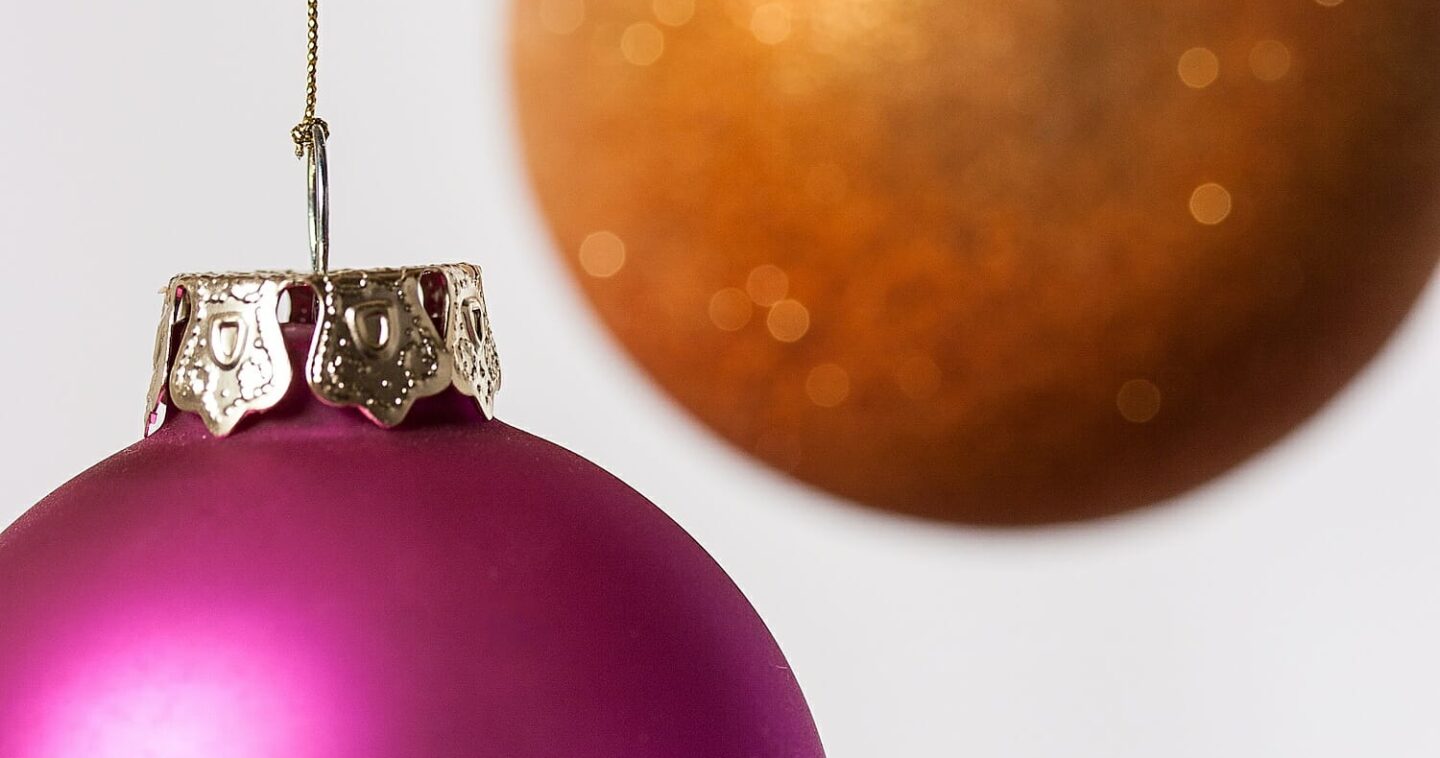One area where smartphones still struggle compared to DSLR cameras is in depth of field control. The physical limits on the size of the smartphone mean the sensors are small and lenses do not have adjustable apertures to help you control how much of your scene is in or out of focus. However, to the enlightened photographer, this is not as much of a barrier as you might imagine.
When asked “what makes a professional looking photo” one of the most common answers given is an out-of-focus background. They may not know it, but they are talking about depth of field.
The depth of field of an image is an expression of how much foreground or background is in focus. If both foreground and background are in focus, the image is said to have a lot of depth of field. On the other hand if the subject is in focus but the background is blurry, then this is called shallow depth of field.
The majority of photographers, if asked, would tell you that the aperture is what controls depth of field. And, while this is true to some degree, it is neither the most important factor, nor the whole story. If you want to find the most important factor, you need to look at how your eyes work.
Hold your finger up at arm’s length and focus on your finger. The background should be blurred, but not too blurred. Now bring your finger closer to your face and keep focused on your finger. You’ve probably gone crossed-eyed, but you should also notice that the background is a lot more out of focus. Cameras do the same thing—if you get closer to your subject, the depth of field will reduce. This means you can achieve those lovely shallow depth of field images with your smartphone as well—simply get closer in to your subject!
Next time you’re using your smartphone to take a picture, especially around the holiday season, try getting in close to your subject—think of close-up of fairy lights, candles or decorations. Make sure you focus on the subject and watch as the background goes out of focus into a wonderfully attractive blur, not only looking better, but also helping focus your viewer’s attention on what you want them to see.



